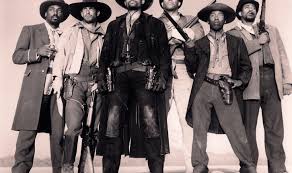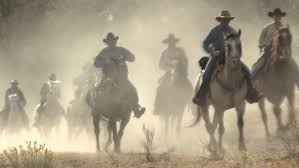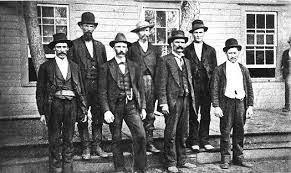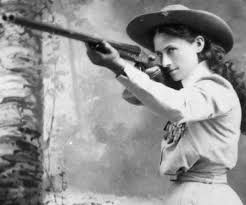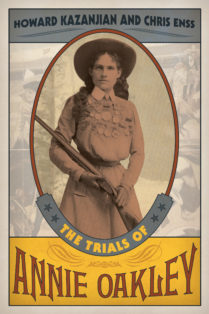Enter now to win a copy of Principles of Posse Management:
Lessons from the Old West for Today’s Leaders
Surround yourself with 10s.
Deputy Sheriff Bob Paul of Calaveras County recruited the finest six-gun and rifle shots and trackers in the region to be a part of the posse that tracked down Tom Bell. He found experts in areas needed to get the job done and didn’t feel threatened by them.
Walk in someone else’s shoes.
Various members of the posse disguised themselves as outlaws and saloon patrons in order to collect information needed to apprehend criminals. Instead of figuratively walking in someone else’s shoes, the posse made it experiential. By doing this they were in a better position to propose solutions to potential problems and learned how to best achieve their objective.
Learn to give up trying to control everything.
The leaders of the three posses after Tom Bell were comfortable with letting the men riding with them take on extra responsibility. They recognized that being good at their job meant listening to those around them. Officer George Walker listened to posse members Detectives Robert Harrison and Daniel Gay after they captured one of Bell’s gang members. They wanted to persuade the desperado to act as a mole to help guide the other outlaws into a trap.
Read everything you can about your business.
Captain William King poured over newspapers to find out what the press was reporting about the posses progress. While reading one of the area newspapers he happened onto a note written to him from the outlaw. The fugitive’s rant against the lawman paved the way for the posse to ferret the bandit out of hiding.
Wait. Patience increases your capacity for success.
A hard-earned discipline for every man with the posse after Tom Bell was patience. Officer Robert Price exercised patience while scanning the banks of the San Joaquin River and the result was spotting the outlaw as he was trying to find a spot to cross the water. If the lawman had allowed himself to be pressured into generating results he would have missed seeing the bandit out right.
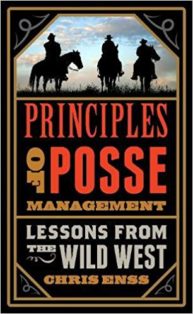
To learn more about the business management skills used by the most successful Old West posses read Principles of Posse Management

